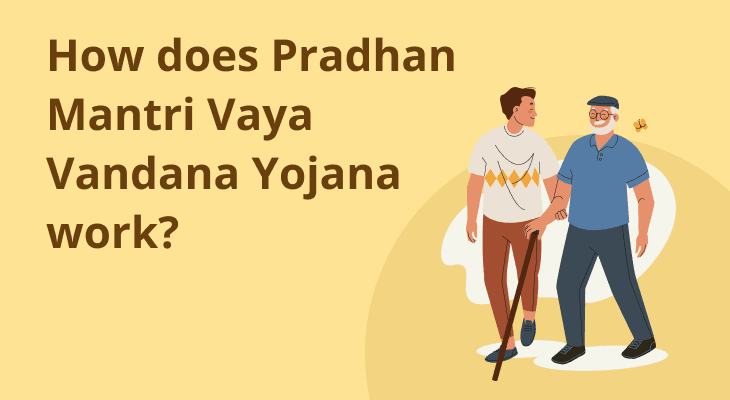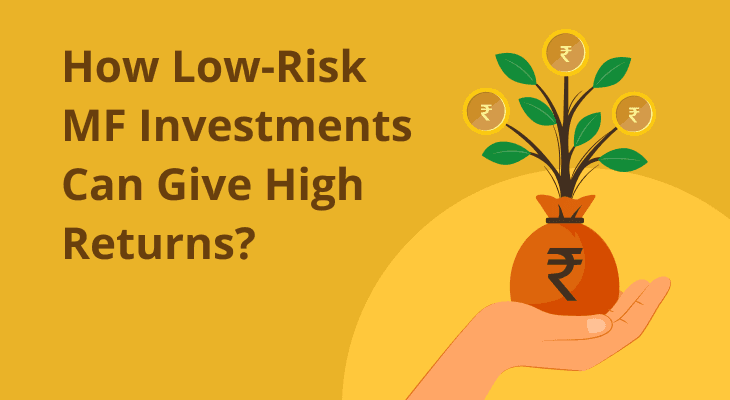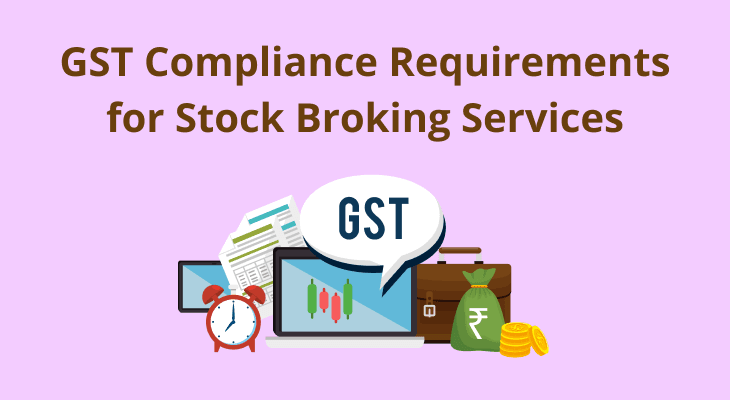
How Does Pradhan Mantri Vaya Vandana Yojana Work?
Introduction
Pradhan Mantri Vaya Vandana Yojana (PMVVY) is a government-backed retirement-cum-pension scheme offered by Life Insurance Corporation of India (LIC), one of the country’s oldest insurance companies. The scheme is specifically designed for individuals aged 60 and above. It offers a guaranteed pension payout for 10 years at a fixed interest rate set annually by the government. This helps senior citizens ensure a steady source of income in a high-inflation economy, where savings kept at home or in low-interest bank accounts often lose their purchasing power over time.
Here’s a comprehensive guide to understanding how PMVVY works.
What Is PMVVY?
Subsidised by the Government of India and administered by LIC, PMVVY is a pension scheme launched in May 2017. The policy was available for purchase until March 31, 2023. While existing policies are still active, new enrolments are no longer allowed.
PMVVY offers guaranteed returns at a fixed rate for a period of 10 years. As an insurance product, it also offers maturity and death benefits. This means the policyholder receives a lump sum amount when the scheme matures. In the event of the policyholder’s death during the term, the beneficiary is entitled to the applicable benefits.
Key Features And Benefits
- Guaranteed returns: The PMVVY scheme offers guaranteed returns at a rate that is reset every financial year by the Ministry of Finance. For FY 2025-2026, the interest rate is 7.4% per annum. This translates to 7.66% per annum if opting for monthly payouts.
- Flexible payout frequencies: PMVVY offers flexible payout options—monthly, quarterly, half‑yearly or yearly. This allows senior citizens to choose a schedule that best suits their income needs.
- Safety and stability: As a general rule, risk appetite decreases with age. PMVVY is a suitable investment for senior citizens as it offers non-market-linked returns and is backed by the government.
- Death and maturity benefits: Once the 10-year tenure ends, the policyholder will be entitled to the purchase price along with the final pension instalment. In the event of death during the policy term, the beneficiary will receive the full purchase price. Purchase price is the one-time lump sum amount paid upfront to buy the policy.
- Premature withdrawal: PMVVY does not allow premature withdrawals under normal circumstances. However, early exit is permitted if the policyholder or their spouse is diagnosed with a specified critical illness and requires funds for treatment. In such cases, 98% of the purchase price is refunded.
- Loan facility: Loans are available after the completion of three years from the start of the policy. From the fourth year onwards, up to 75% of the purchase price can be borrowed. However, this loan will carry an interest cost at a rate determined by the government. The interest is deducted from the pension payments. Any outstanding loan amount will be adjusted against the claim amount at the time of maturity or surrender.
- Free look period: The PMVVY scheme offers a free look period during which the policyholder can return the policy if not satisfied with its features or conditions. The policy must be returned within 15 days for offline purchases or 30 days for online purchases. The purchase amount will be refunded after deducting any applicable stamp duty charges and any pension paid.
Eligibility And Investment Limits
Particulars | Details |
|---|---|
Age |
|
Citizenship |
|
Tenure | 10 years |
Purchase price |
Note: The actual purchase price depends on the pension amount and the payout frequency chosen. |
How PMVVV Works: Step-By-Step Process
Step 1: Decide on a pension payout frequency
Choose how often you want to receive the pension—monthly, quarterly, half-yearly and yearly. The pension payout frequency you choose will ultimately determine your purchase price and the amount you will receive at regular intervals.
Step 2: Pay the purchase price
After choosing your pension frequency, you must make a one-time lump sum payment. You can pay it to LIC either online or offline.
Additional Read: Lumpsum investment in mutual fund - Meaning & Advantages
Step 3: Receive the first instalment
After a waiting period equal to the chosen frequency, you will receive the first instalment of pension directly into your bank account. For instance, if you choose a six-month frequency, you will get the first pension six months after the purchase date.
Step 4: Get a guaranteed pension for 10 years
You will continue to receive pension payments at your chosen frequency for 10 years. At maturity, you will get the full purchase price back along with the final pension instalment. In case of your demise during the term, your nominee will receive the purchase price.
Application Process
You can apply for PMVVY in two ways:
Online Mode
Step 1: Visit the official LIC website, navigate to ‘Buy Policy Online’, and select the ‘Pradhan Mantri Vaya Vandana Yojana’ option. Click on ‘Buy Online’.
Step 2: Provide your contact details, such as your name, mobile number, and email address, to create an access ID and proceed.
Step 3: Fill out the application form, upload scanned copies of the required documents, and make the one-time payment online. An acknowledgement number and policy number will be generated.
Offline Mode
Step 1: Visit the nearest LIC branch.
Step 2: Request the application form and submit it along with the required documents.
Step 3: Make the one-time payment. A receipt will be provided.
Who Should Opt For PMVVY?
The PMVV scheme is ideal for senior citizens in India who are risk-averse and seeking stable, guaranteed income for 10 years.
Another popular government-backed option for retirees is the Senior Citizens Savings Scheme (SCSS). While both schemes cater to similar needs, there are a few differences to consider.
You may choose PMVVY over SCSS if you prefer flexibility in selecting your payout frequency. PMVVY offers monthly, quarterly, half-yearly, or yearly payouts, whereas SCSS provides only quarterly payouts. However, if you are looking for greater flexibility in premature withdrawals, SCSS may be more suitable, as it allows early withdrawals after one year, subject to penalties. PMVVY permits early exit only in specified cases.
As for interest rates, from FY 2021–2022, the rate for PMVVY is reset annually on April 1, based on the prevailing SCSS rate. However, it is capped at 7.75%. If the SCSS rate exceeds this cap, the government may review the PMVVY scheme and determine the applicable interest rate.
FAQ
How often is the pension paid?
Pension is paid monthly, quarterly, half-yearly or yearly based on the chosen frequency.
Are loans available against PMVVY?
Loans up to 75% of the purchase price are available under PMVVY, but only after the completion of three years out of the 10-year tenure.
What is the purchase price limit under PMVVY?
The purchase price depends on the pension amount and frequency. Since the minimum pension is ₹1000, the minimum purchase price as per LIC’s calculation is ₹1,56,658. The maximum is capped at ₹15 lakh, irrespective of the chosen frequency or amount.
What happens if the investor dies before maturity?
If the investor happens to die before the end of the 10-year policy term, the nominee becomes entitled to the full purchase price of the policy.


